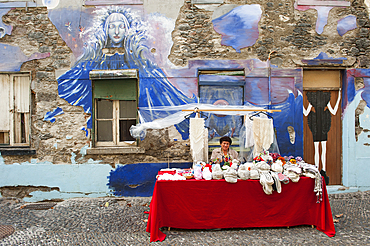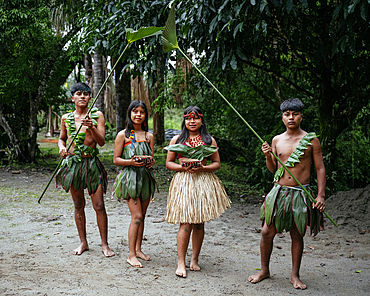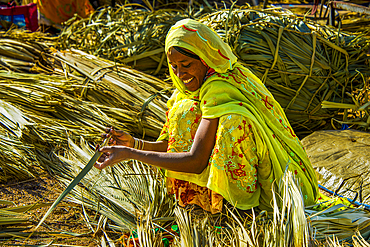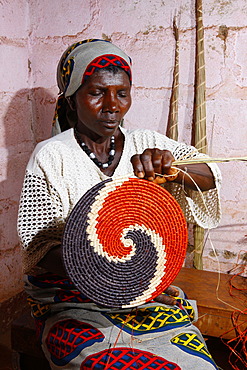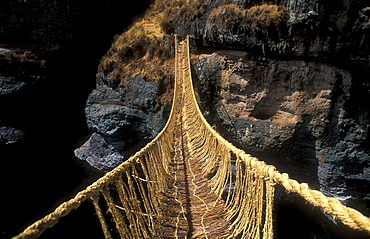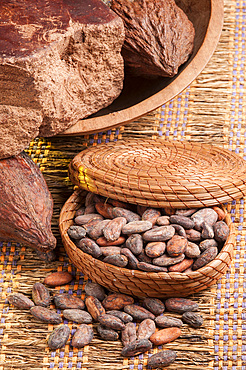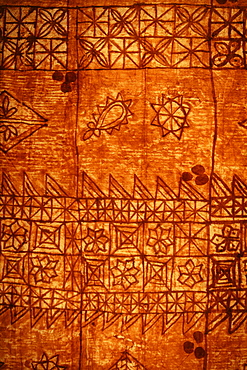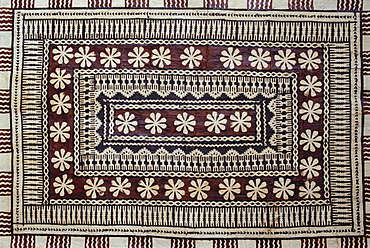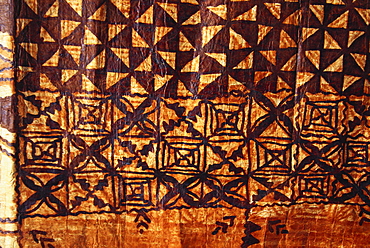Results
8 results found
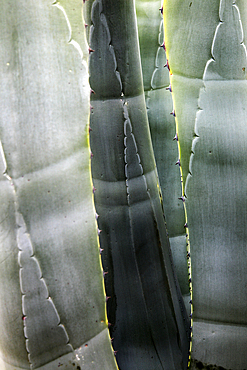
Abstract pattern of leaves of agave americana cactus plant growing in Cabo de Gata natural park, Almeria, Andalusia, Spain, Europe

Woman spinning, making reel of cotton thread, village around Nong Khiaw, District of Luang Prabang, Northern Laos
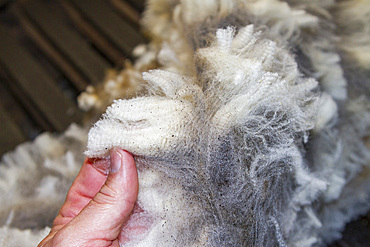
Sheep being shorn at the Long Island sheep farm outside Stanley in the Falkland Islands, South Atlantic Ocean, South America
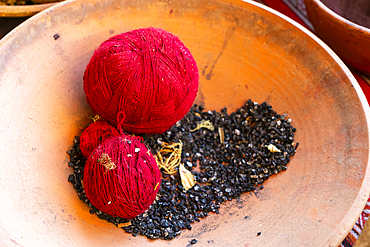
Red balls of wool and cactus insects as natural dye, Chinchero, Sacred Valley, Urubamba Province, Cusco (Cuzco) Region, Peru, South America

Cottage Handcraft, Irish knitwear and crafts shop, Moyard, Connemara, County Galway, Connacht, Republic of Ireland
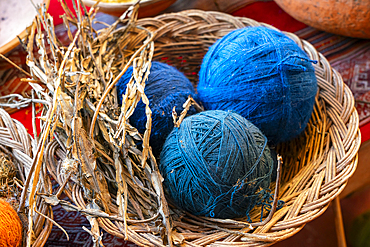
Blue balls of wool and dried plant as natural dye, Chinchero, Sacred Valley, Urubamba Province, Cusco (Cuzco) Region, Peru, South America

Mexican aztec dress gods at Grand Palladium White Sand Resort and Spa in Riviera Maya, Yucatan Peninsula, Quintana Roo, Caribbean Coast, Mexico.
Aztec clothing was generally loose fitting and did not completely cover the body. When the Spanish arrived in Mexico, the people were surprised to see them in their full armour, with only their faces exposed.
Aztec clothes were generally made of cotton (which was imported) or ayate fiber, made from the Maguey Cactus (also called the Century Plant or American Aloe). Women would weave the fibers into clothing, a task girls were taught as young teenagers. Because of their vast trading network, the Aztecs were able to make use of a beautiful array of dyes, creating the brilliant

Mexican aztec dress gods at Grand Palladium White Sand Resort and Spa in Riviera Maya, Yucatan Peninsula, Quintana Roo, Caribbean Coast, Mexico.
Aztec clothing was generally loose fitting and did not completely cover the body. When the Spanish arrived in Mexico, the people were surprised to see them in their full armour, with only their faces exposed.
Aztec clothes were generally made of cotton (which was imported) or ayate fiber, made from the Maguey Cactus (also called the Century Plant or American Aloe). Women would weave the fibers into clothing, a task girls were taught as young teenagers. Because of their vast trading network, the Aztecs were able to make use of a beautiful array of dyes, creating the brilliant
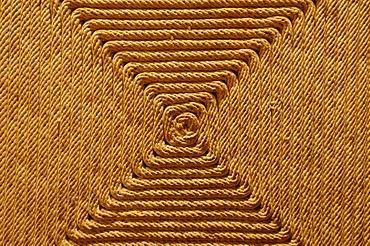
Carpet made of sisal, Museo Nacional de Antropologia, National Museum of Anthropology, Mexico City, Mexico
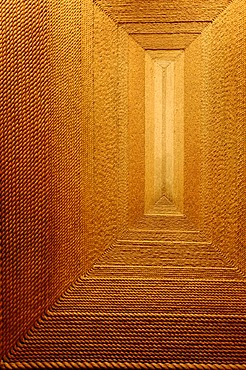
Carpet made of sisal, Museo Nacional de Antropologia, National Museum of Anthropology, Mexico City, Mexico
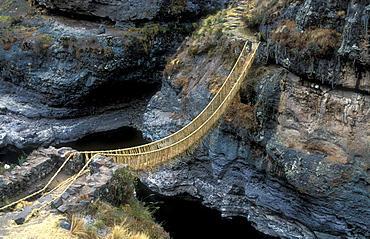
Queswachaka suspension bridge made from plant fibers, Ichu grass, over the Apurimac, Southern Peru, South America
